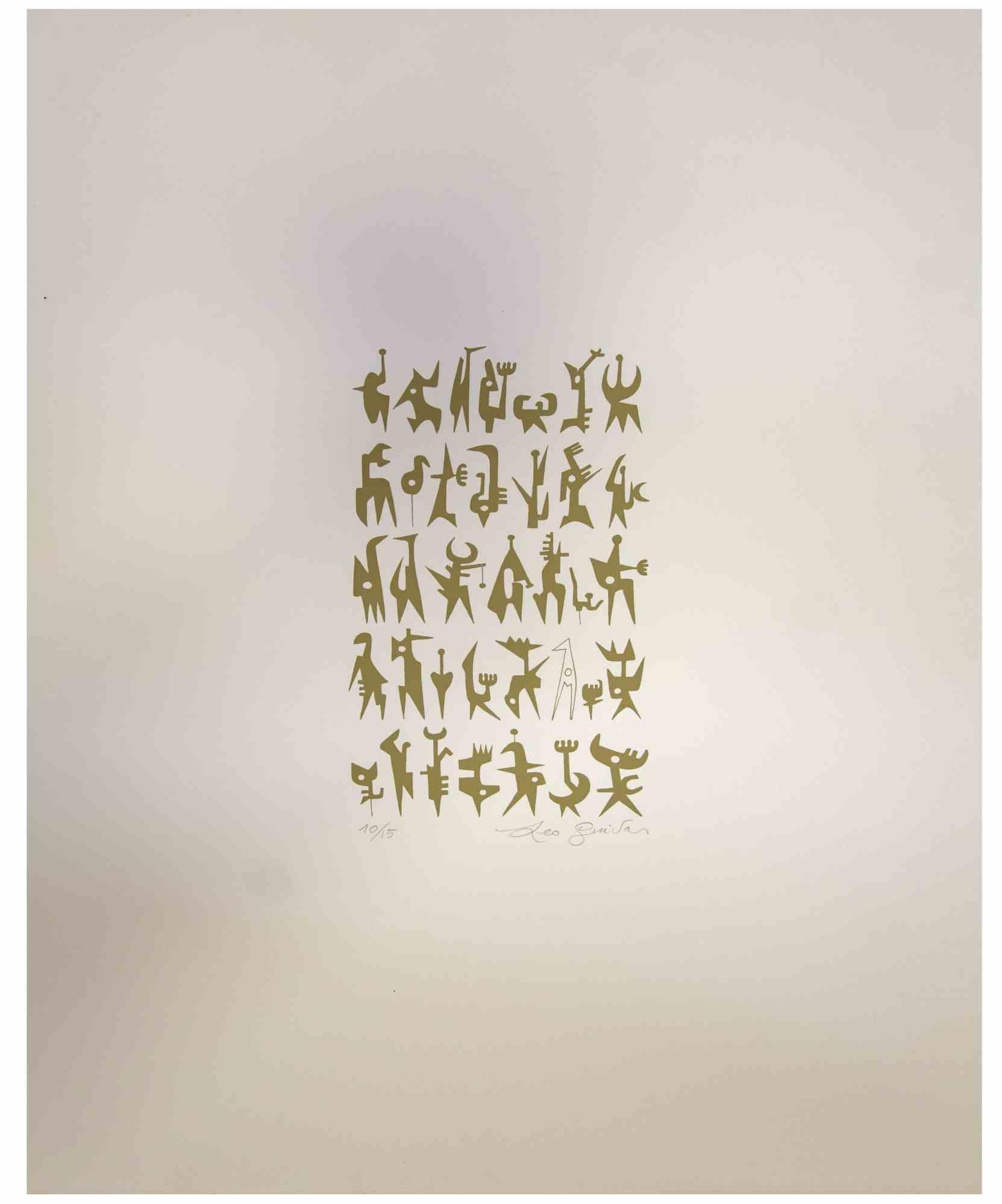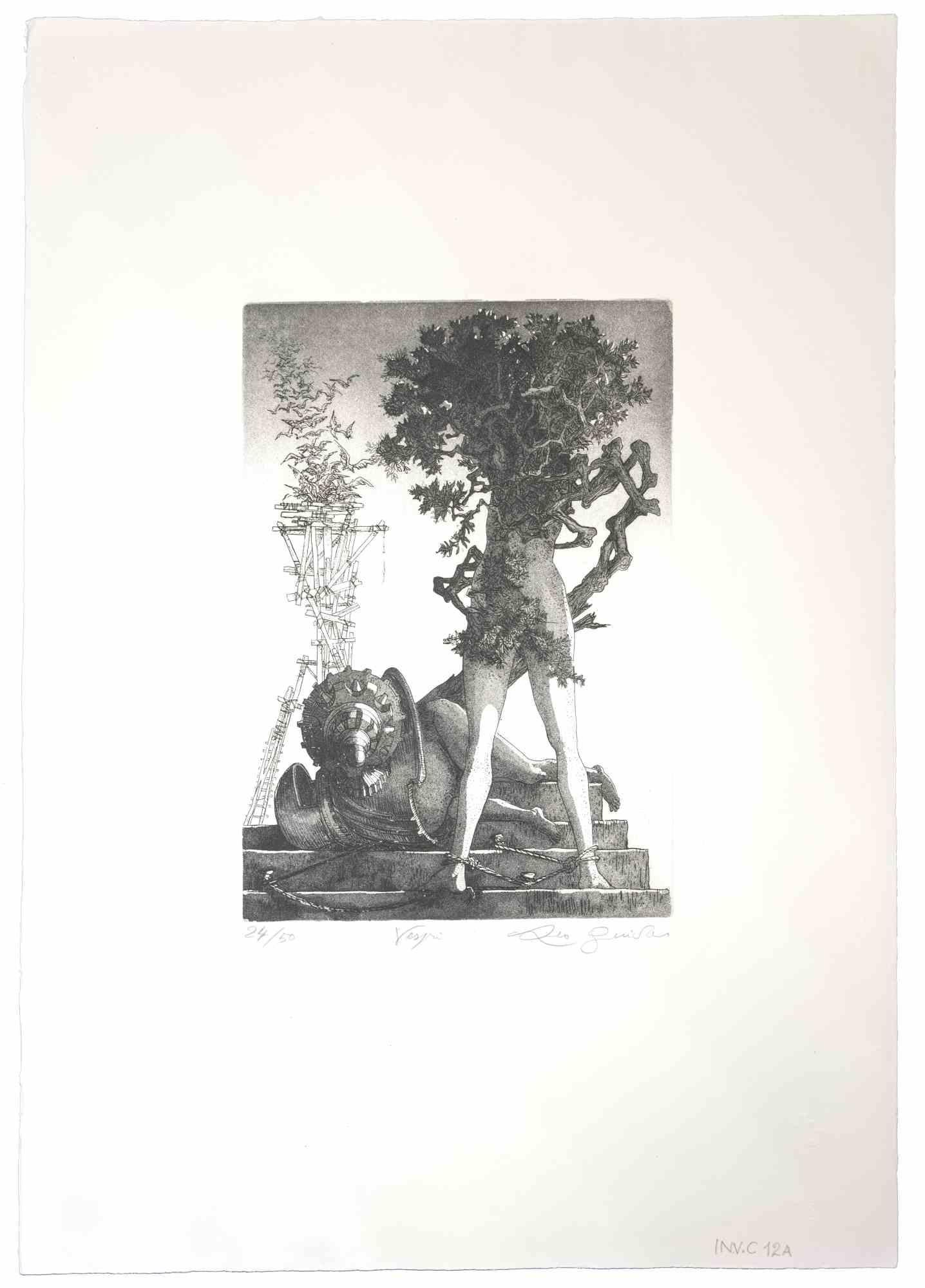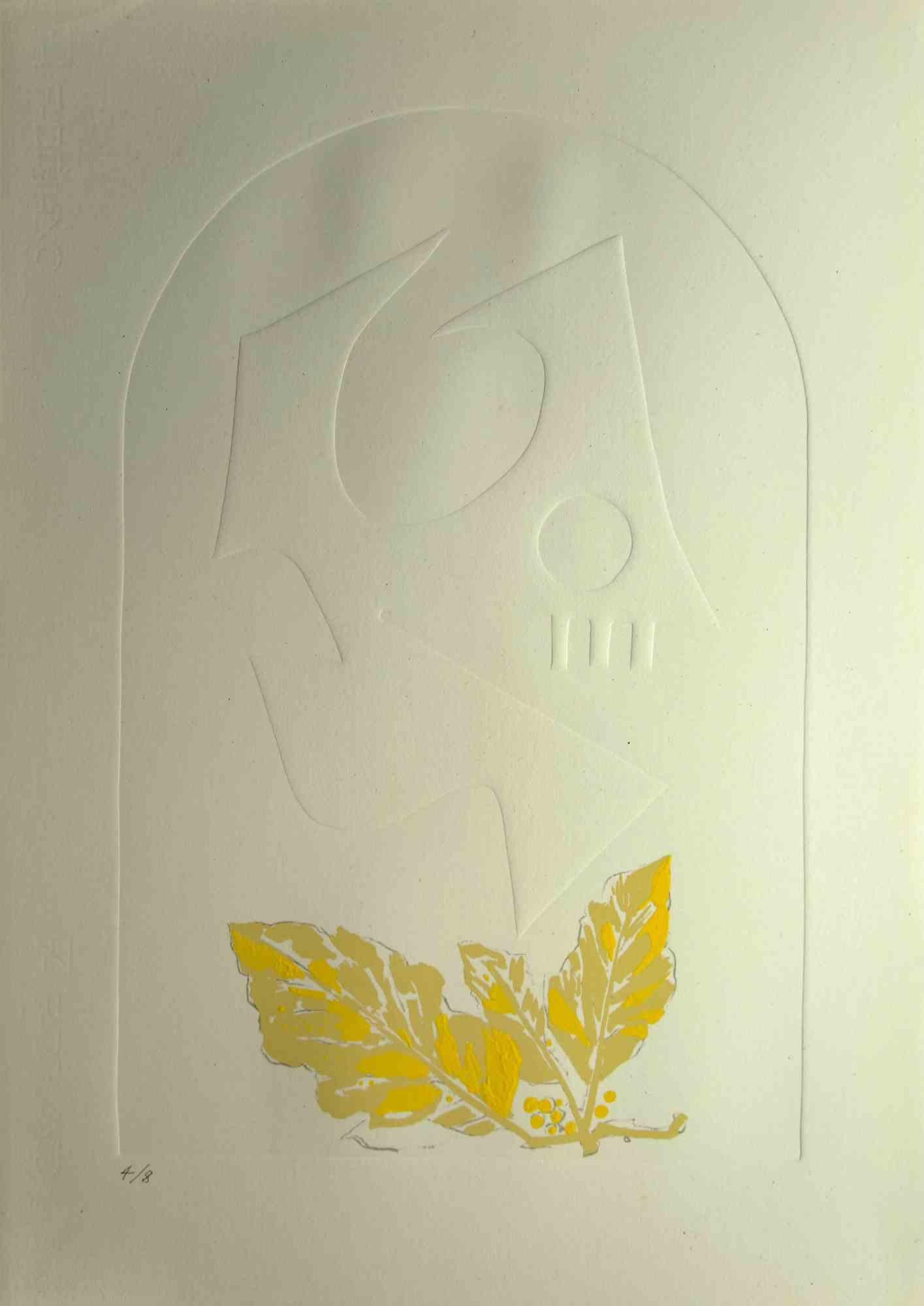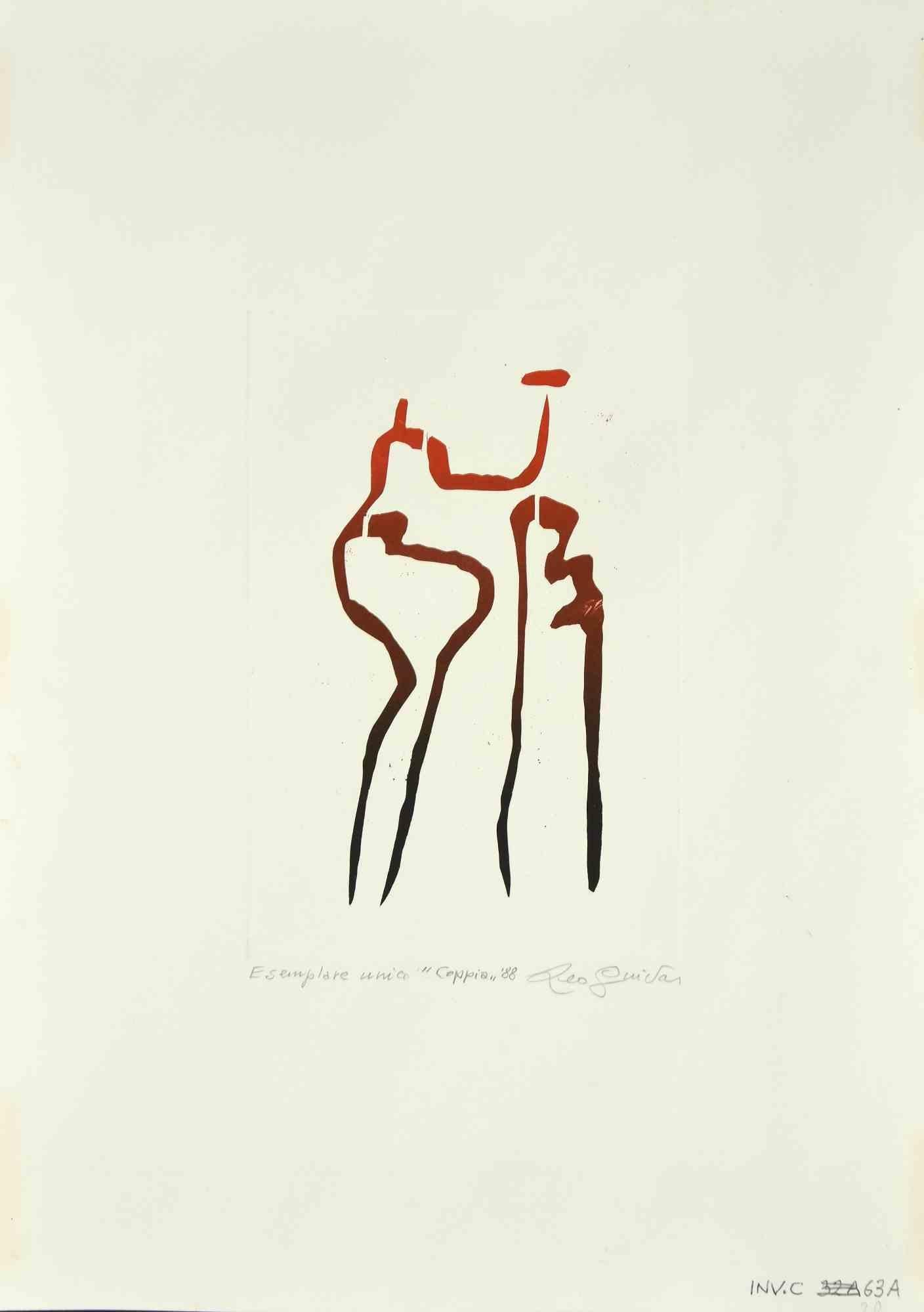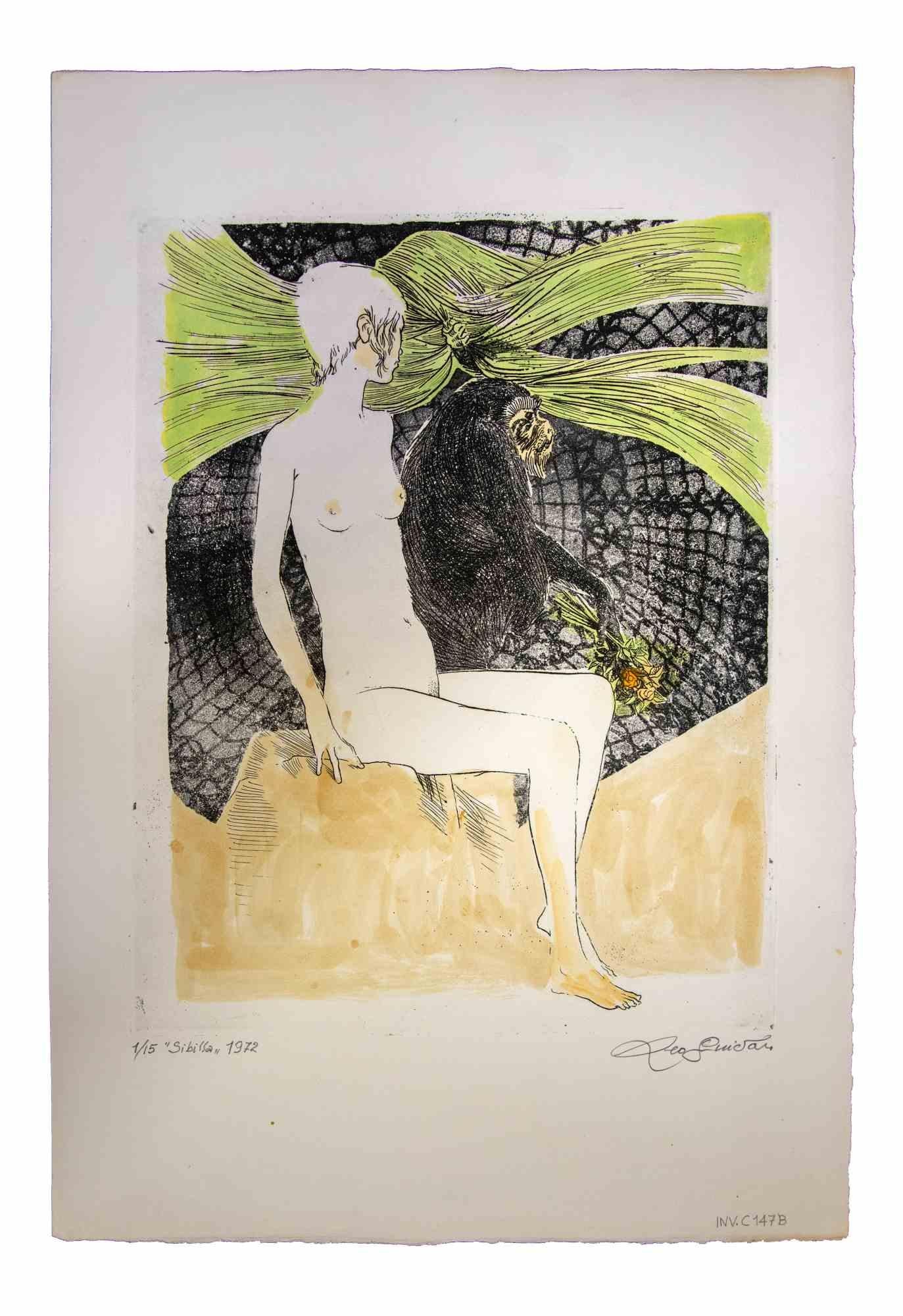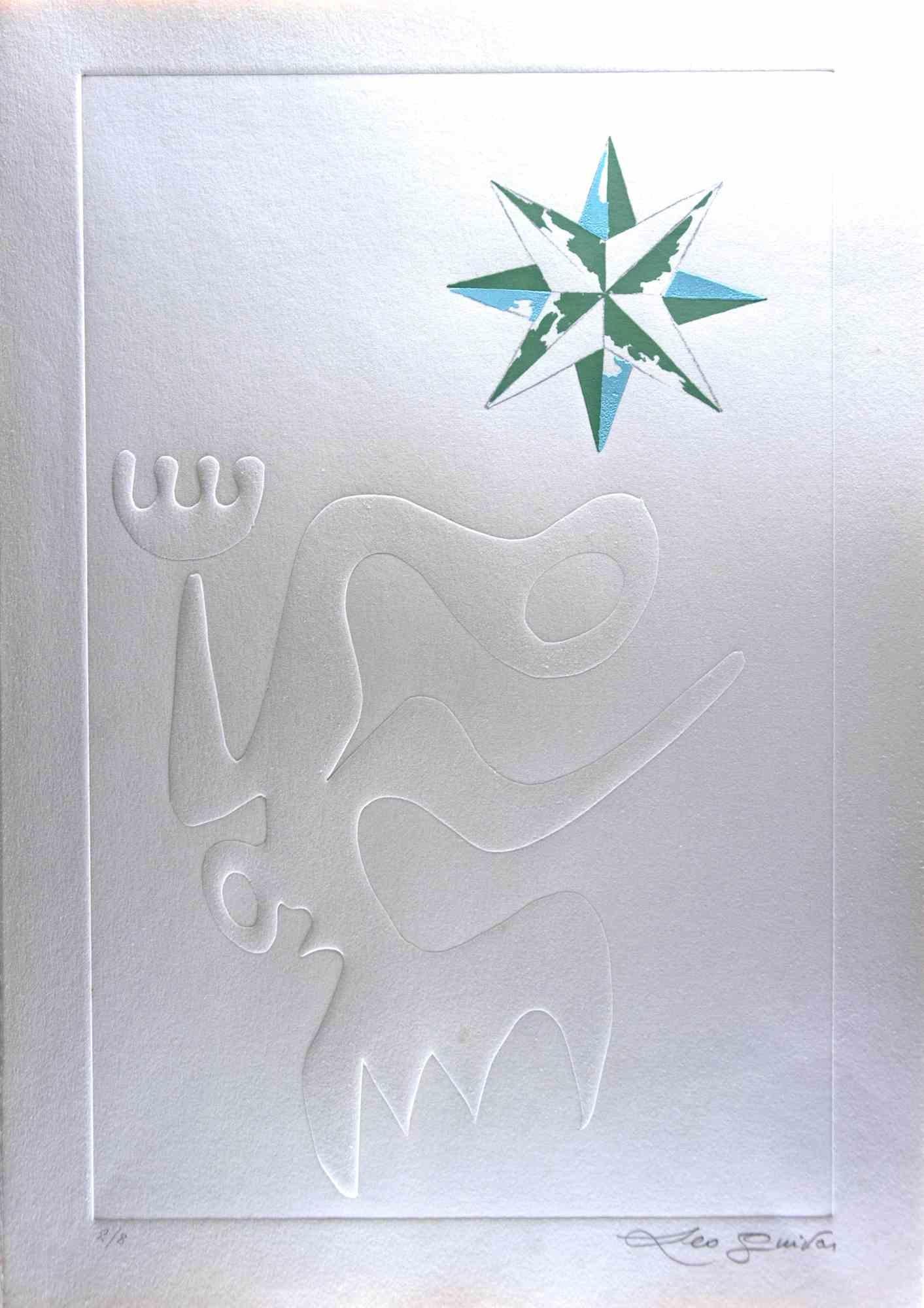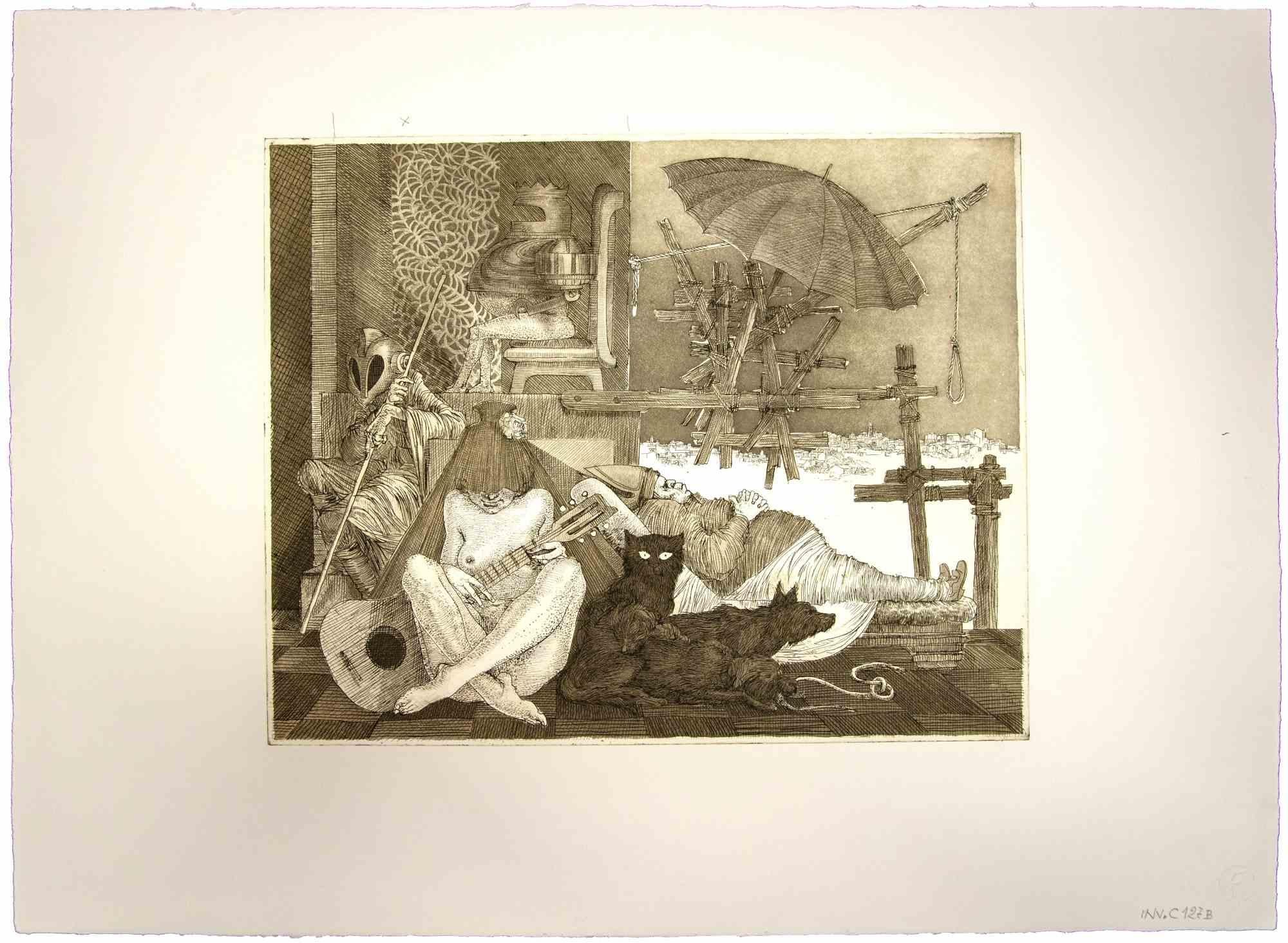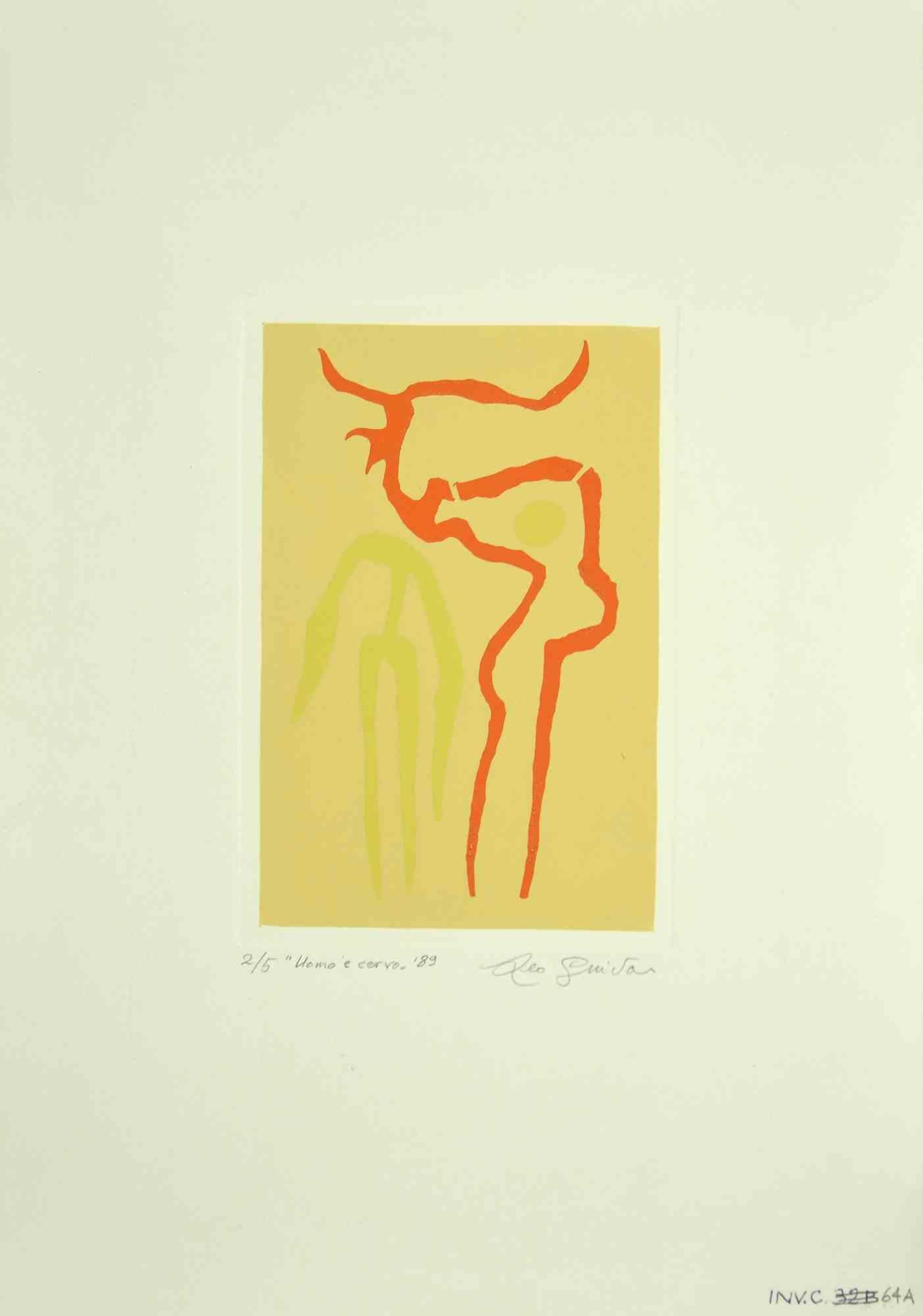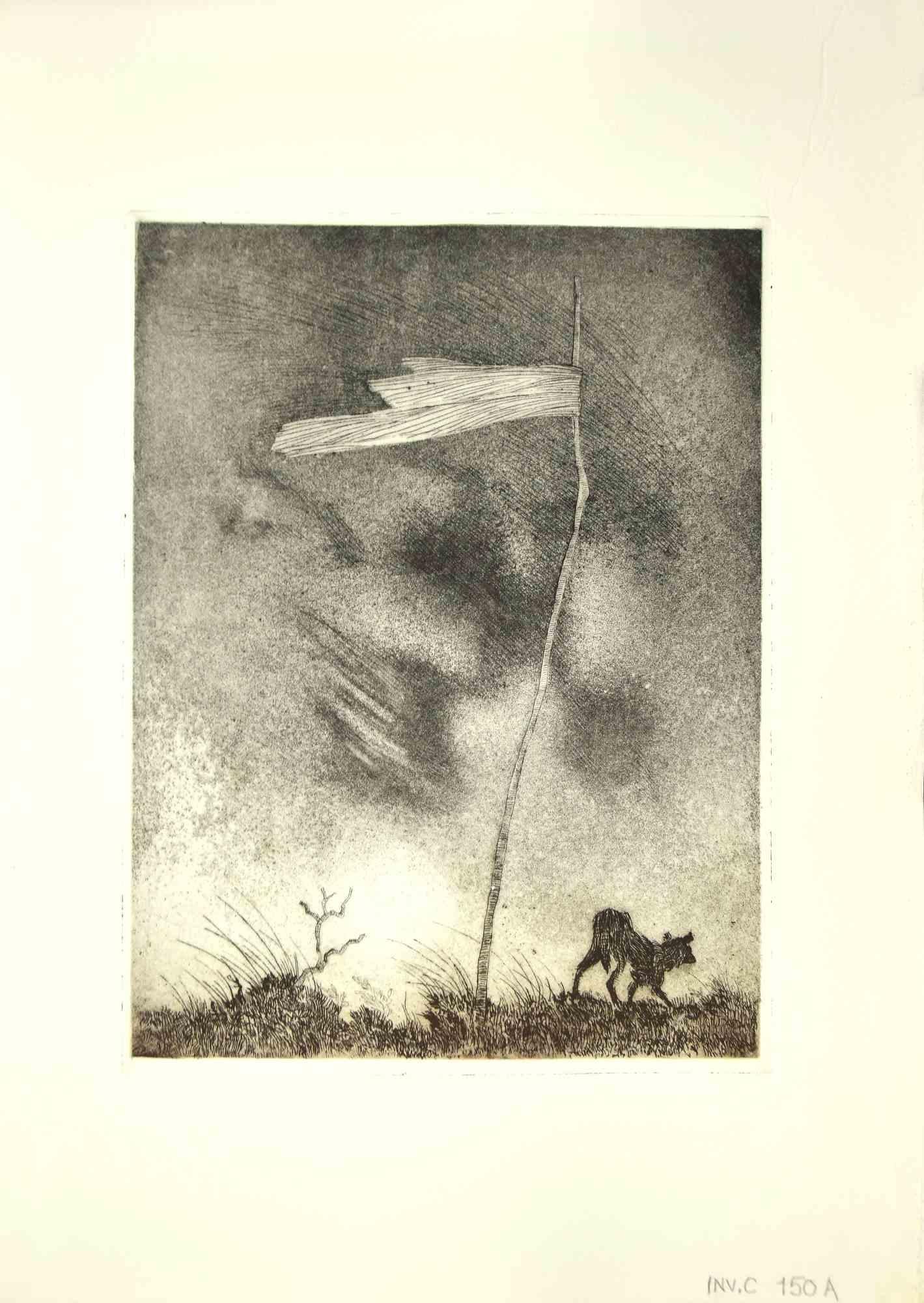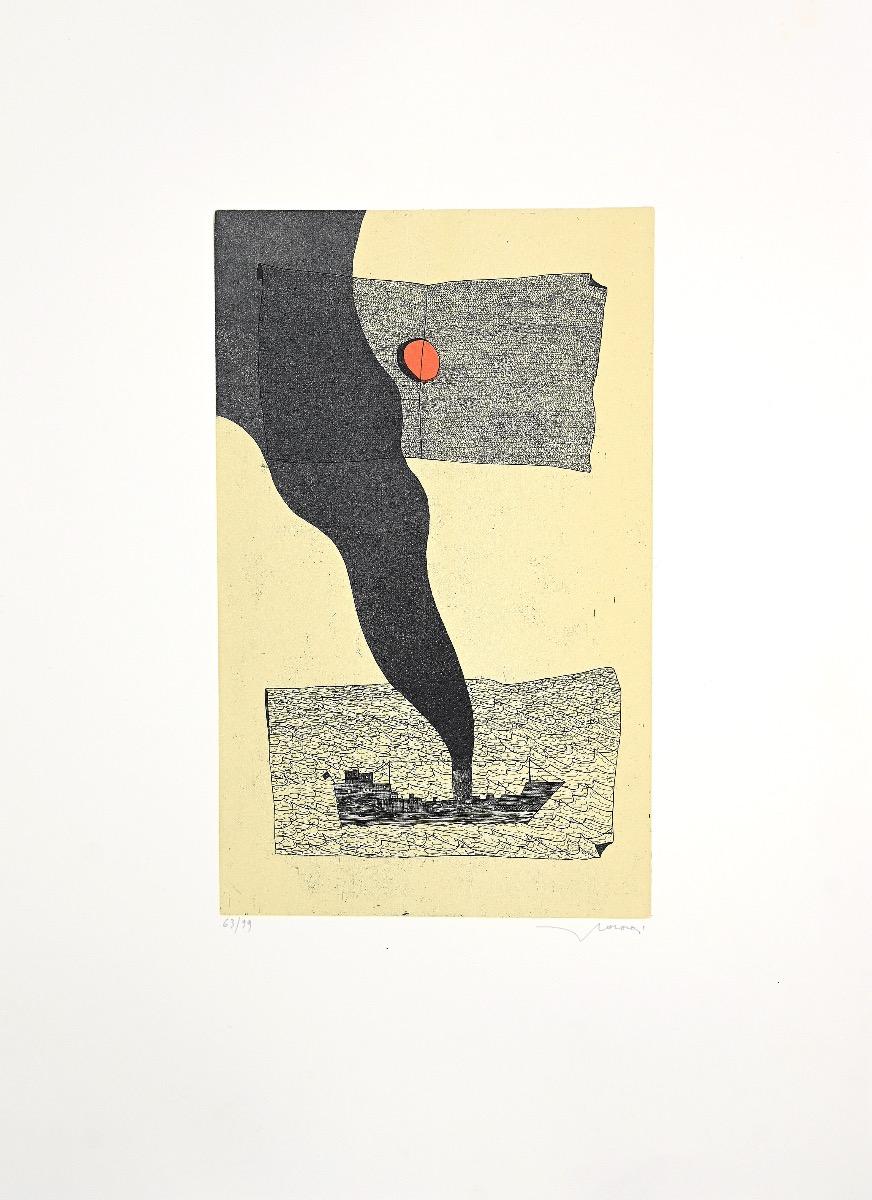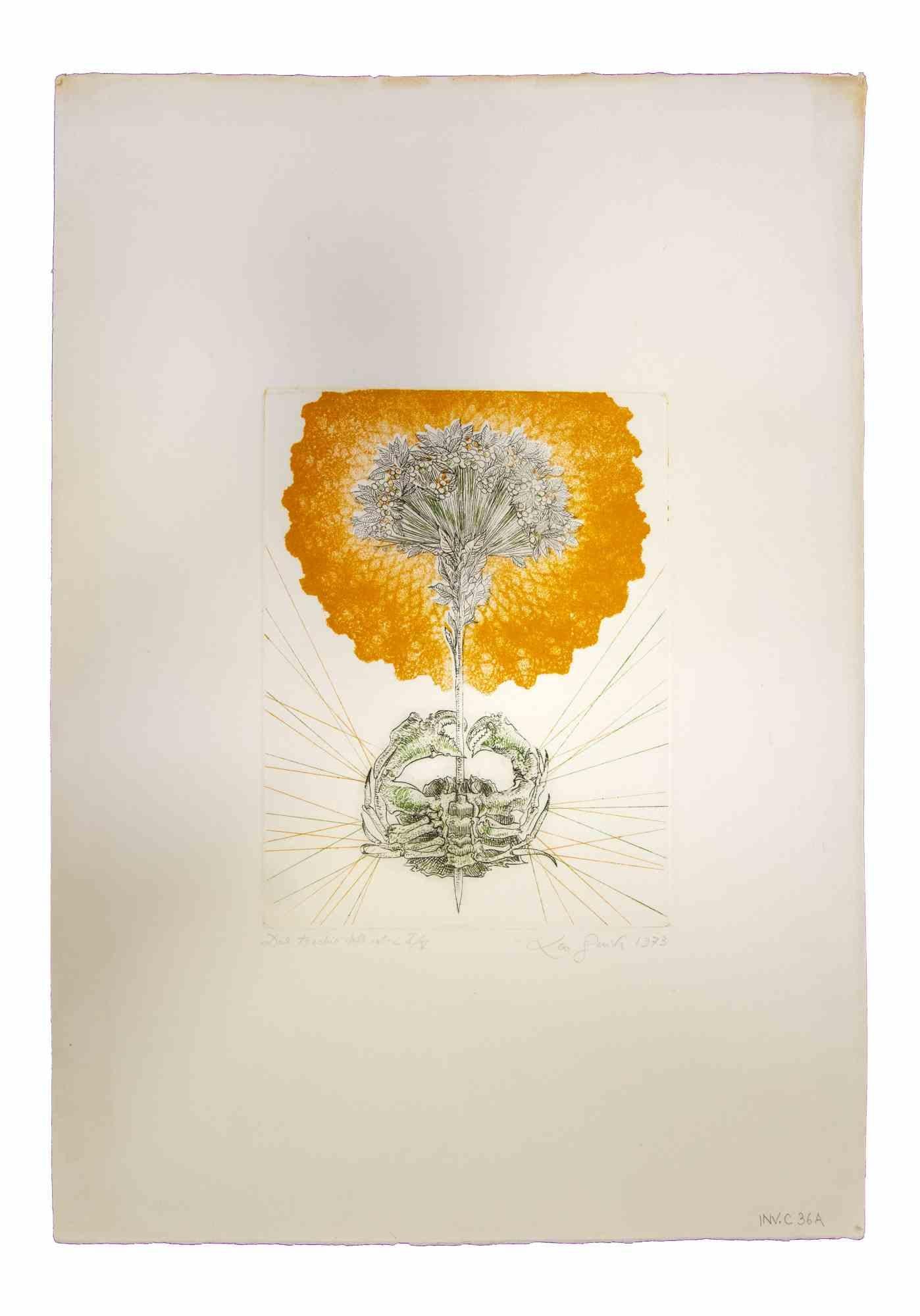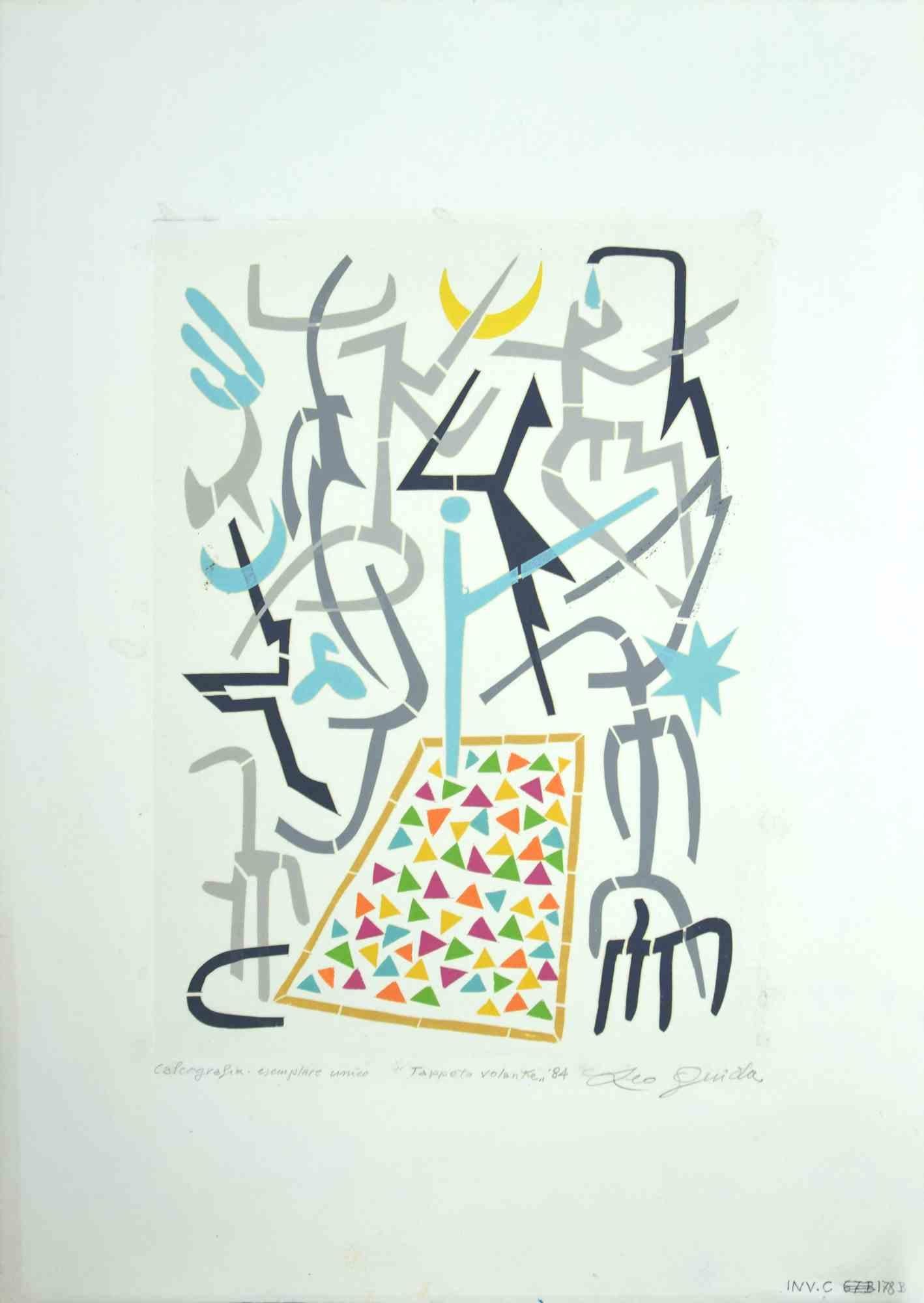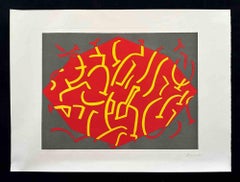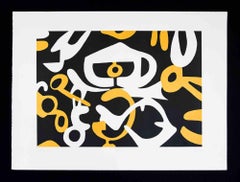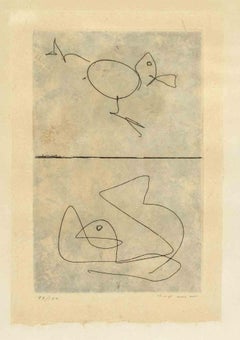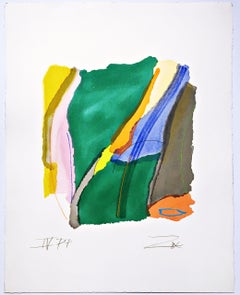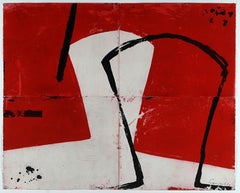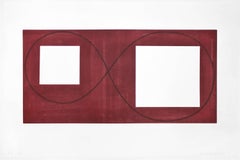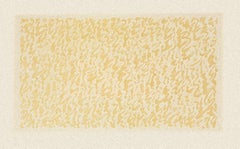
Al Ramy Al Khayt - Original Etching by Luigi Boille - 1970s
View Similar Items
Luigi BoilleAl Ramy Al Khayt - Original Etching by Luigi Boille - 1970s1970s
1970s
About the Item
- Creator:Luigi Boille (1926 - 2015, Italian)
- Creation Year:1970s
- Dimensions:Height: 27.56 in (70 cm)Width: 19.69 in (50 cm)Depth: 0.04 in (1 mm)
- Medium:
- Period:
- Framing:Framing Options Available
- Condition:Insurance may be requested by customers as additional service, contact us for more information.
- Gallery Location:Roma, IT
- Reference Number:Seller: M-1091431stDibs: LU65036962272
Luigi Boille
Luigi Boille was born in Pordenone in 1926. He lived and studied in Rome, where he graduated from the Academy of Fine Arts in Architecture in 1950. He often traveled around Europe and, after a short stay in Holland, he settled in Paris in 1951, where he stayed until 1965. Today, he lives in Rome. Boille's purpose is to make a painting, only painting, possibly the purest painting. The career path of Boille is marked by three important meetings: Paris, and its cultural environment; meeting with Michel Tapie, who offered him an artistic adventure and professional insert into the French and international contexts; meeting with Giulio Carlo Argan, who led him to the conceptual essence of painting and its bond with Italian renewal. In these years, Boille's works fully take possession of matter, diluting colors with turpentine, inflaming them with gas, controlling the extension and intensity of the burn and the changes of color in contact with the flame. Sometimes, the artist had to bathe colors to avoid burning the burlap. Anyways, the study blackened, turning into what most resembles a spectacular Volcano cave.
More From This Seller
View All1990s Abstract Abstract Prints
Etching, Aquatint
1990s Abstract Abstract Prints
Etching, Aquatint
1990s Abstract Abstract Prints
Etching, Aquatint
1970s Surrealist Abstract Prints
Etching
1970s Surrealist Abstract Prints
Etching
1970s Contemporary Abstract Prints
Drypoint, Etching
You May Also Like
2010s Contemporary Abstract Prints
Etching
1970s Color-Field Abstract Prints
Etching, Pencil, Monoprint
2010s Abstract Abstract Prints
Etching
2010s Minimalist Abstract Prints
Paper, Etching, Aquatint
2010s Abstract Abstract Prints
Aquatint
2010s Minimalist Abstract Prints
Etching
